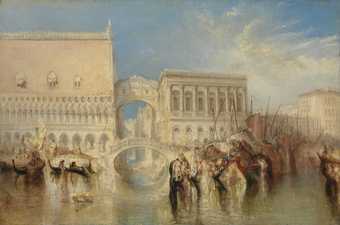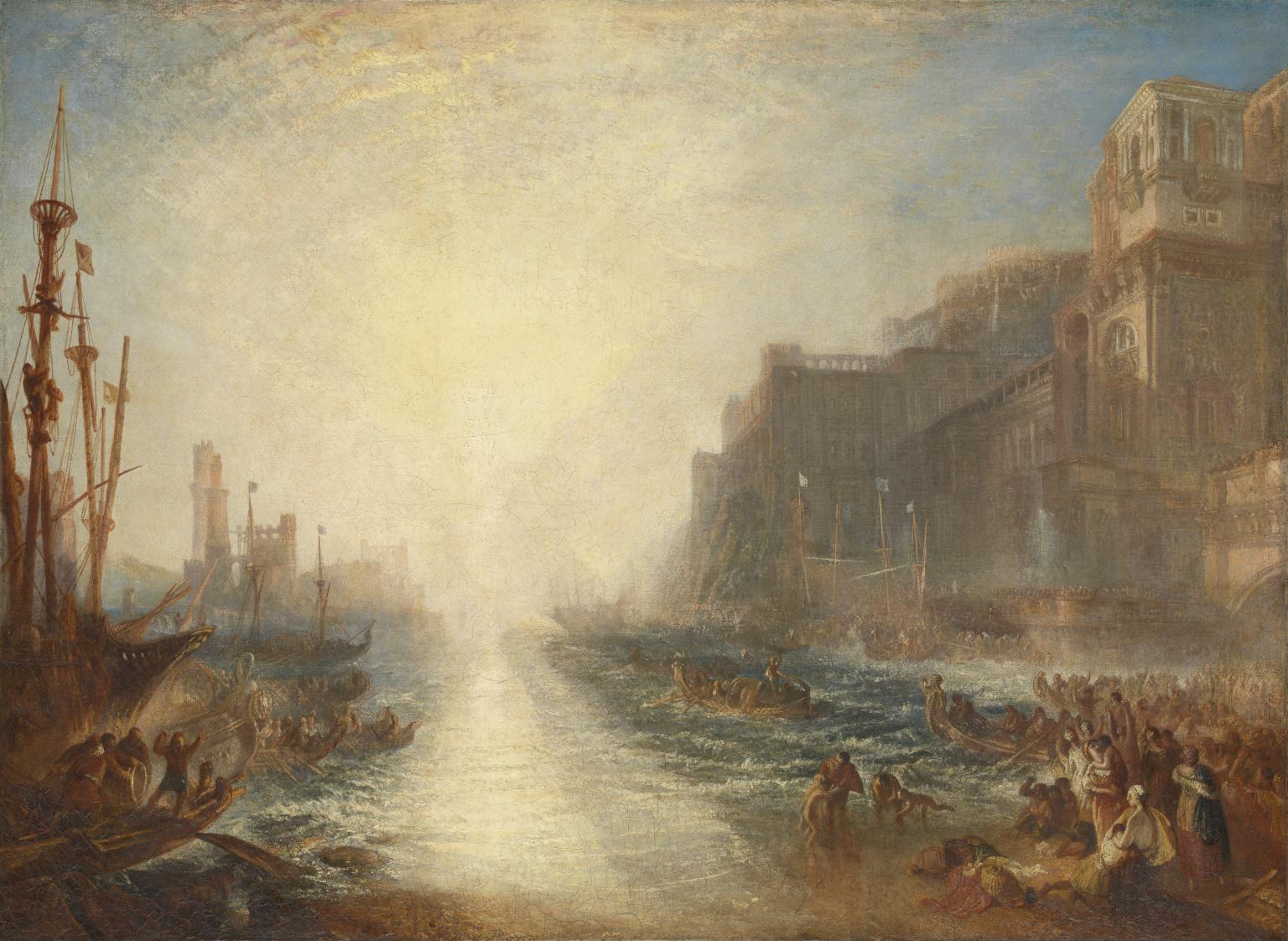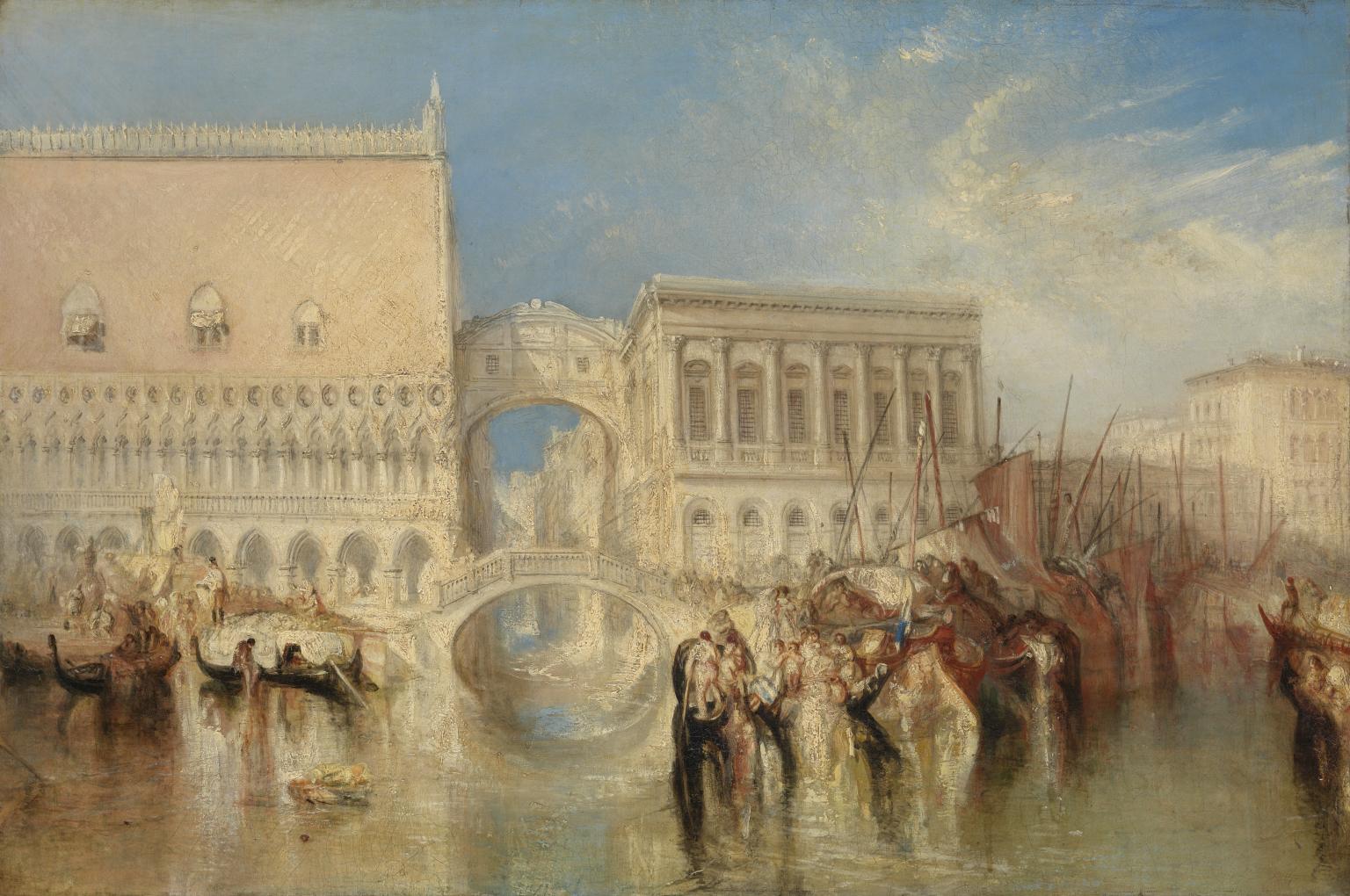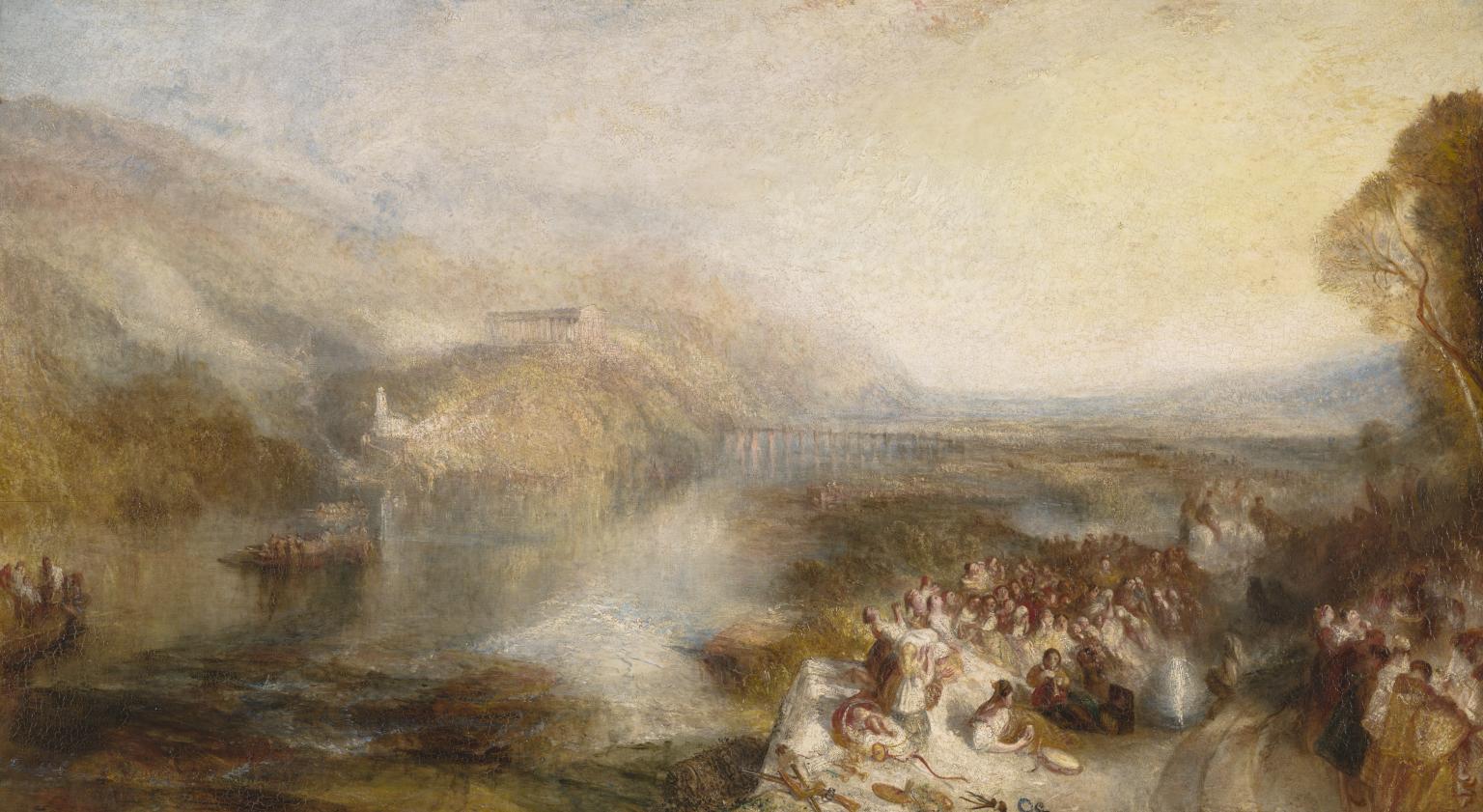9 rooms in JMW Turner
Turner’s art revolved around travel or being ‘on the wing’, as he called it. The paintings in this room present Europe as Turner saw and imagined it
When starting out Turner could only see Europe through other artists’ work. The Revolutionary and Napoleonic Wars (1793–1815) prevented travel abroad except for a brief period of peace in 1802, which gave Turner chance to visit France and Switzerland.
He had made the most of Britain, touring every summer to gather material for his art. But from 1817, Turner’s horizons opened. He then explored France, Belgium, the Netherlands, Germany, Luxembourg, Denmark, Bohemia (now the Czech Republic), Switzerland and, most notably, Italy.
Turner first visited Italy in 1819 when he was 44. He spent 6 months zig-zagging his way across the country, filling 23 sketchbooks with drawings, notes and new ideas. On return visits he based himself in Rome, Naples and Venice. He found Italy’s history and its scenery hugely inspiring. Its hazy light and brilliant colour seeped into more and more of his canvases, regardless of their subject.
Using guidebooks and advice from friends, Turner planned his trips carefully. Travelling light and usually alone, he ran into many issues, from lost luggage and language barriers to stomach upsets and bad weather. In 1802 it took him several days to reach France by horse-drawn coach and sailing boat. By 1830 he could board a steamboat in London and be in France, Belgium or the Netherlands in a matter of hours. Turner’s last trips abroad were to northern France by steamer in 1845.
Art in this room
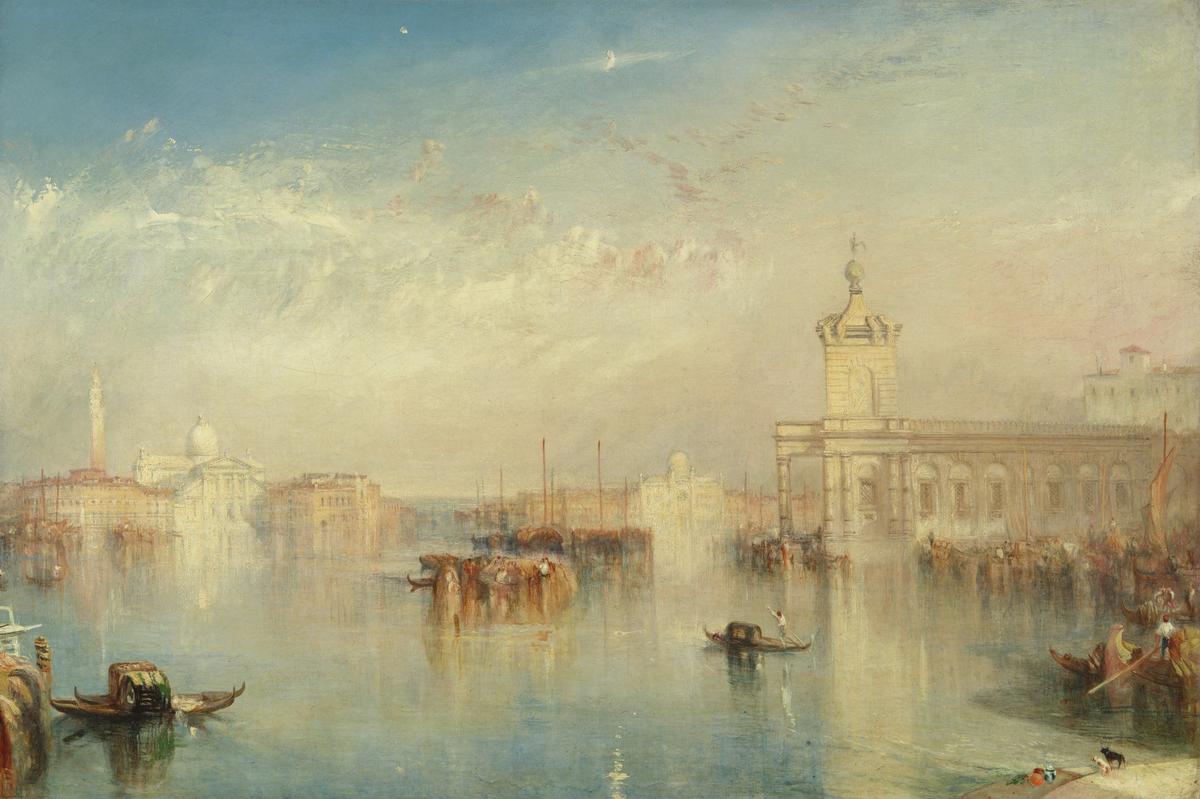
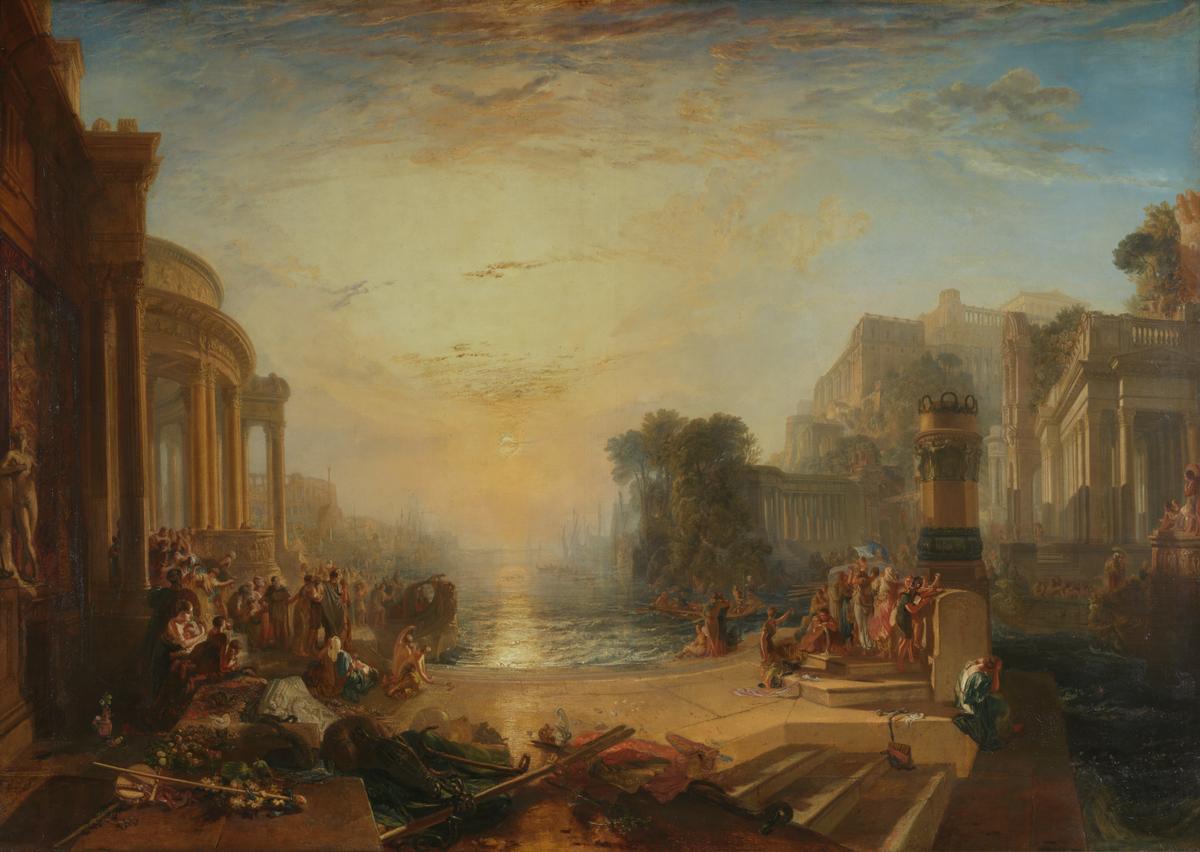


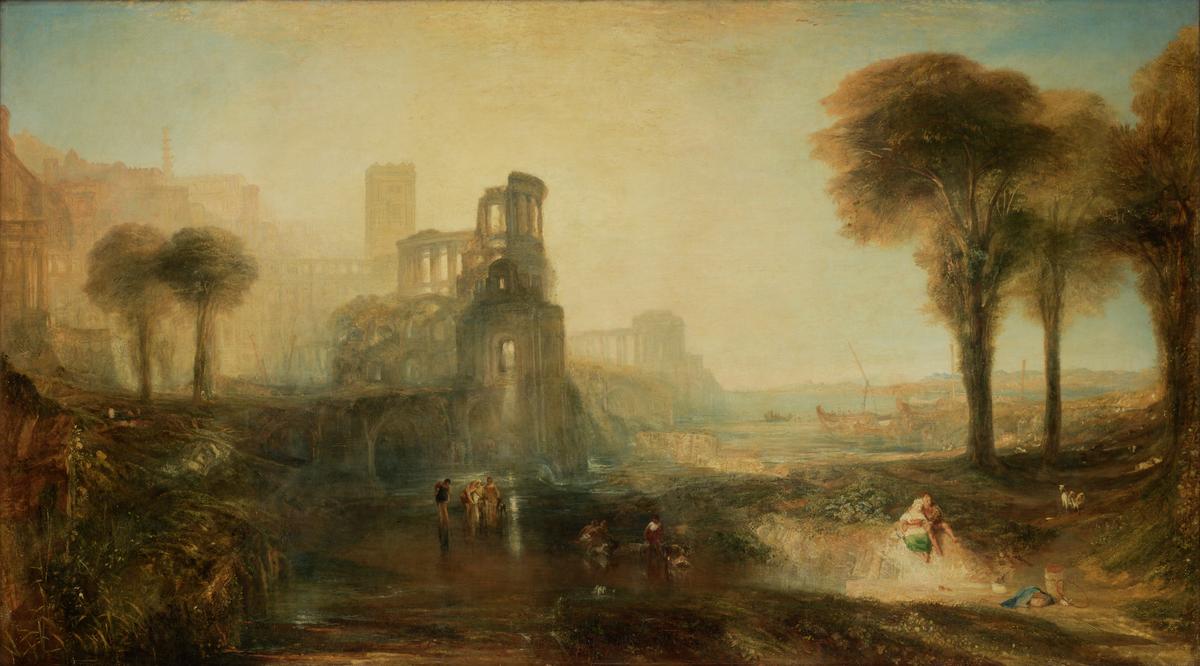
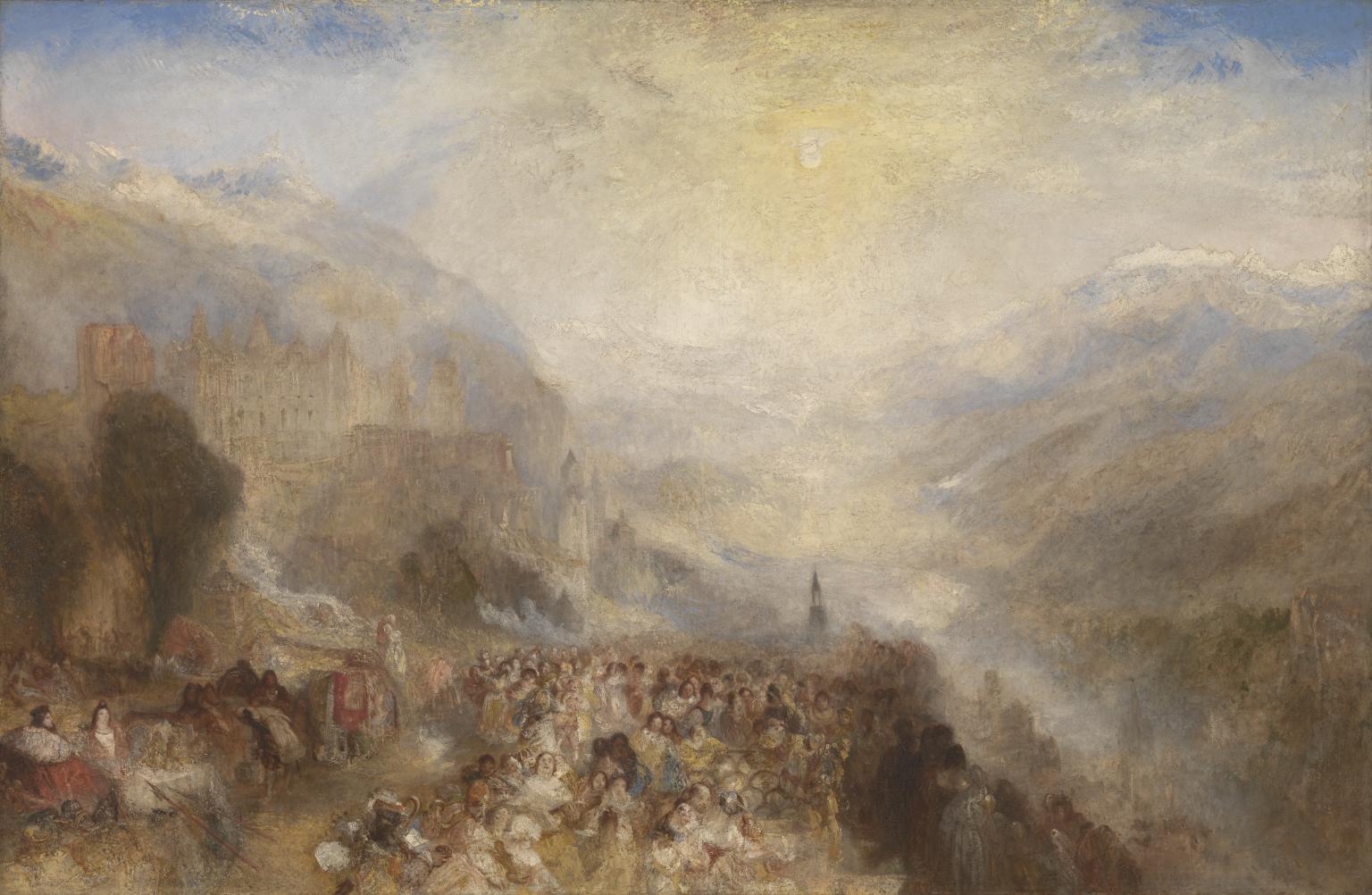
You've viewed 6/10 artworks
You've viewed 10/10 artworks

